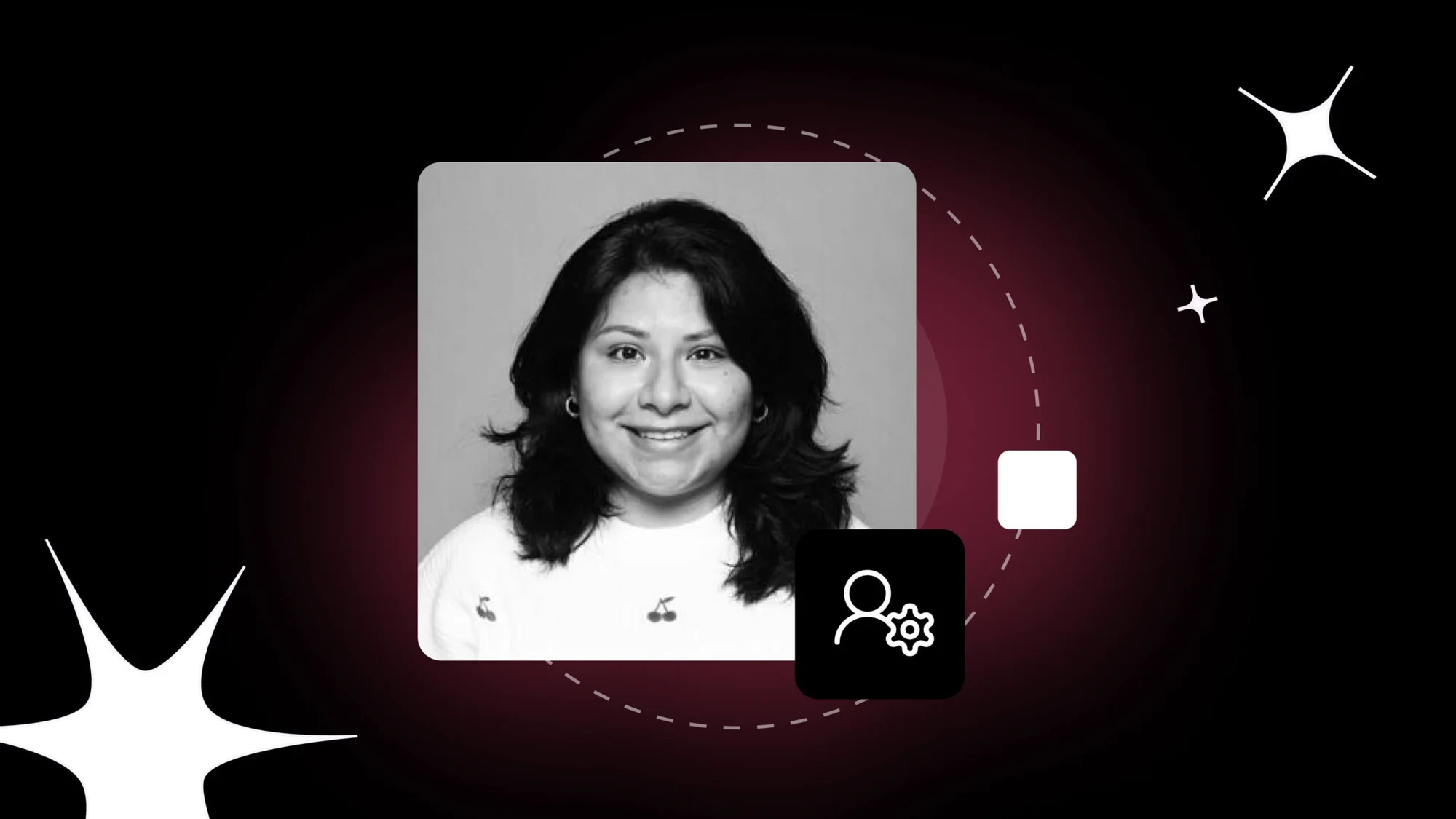This week I decided to take a little Product Love break, but I did get to have a great conversation with Clay Turk, a senior PM at Invoca, the voice marketing cloud.
EB: Tell us a little about yourself. How did you become a product manager?
CT: I got the tech bug when a friend and I started an iPhone app development company when the App Store first launched. Being new to the space, we made the mistake of listening to too many customers and ended up frankensteining our product. It was a good lesson, and one I keep in the back of my mind every time I launch something new. From there, I started my PM career working in the online advertising space, on the compliance side of things with Trustee (now TrustArc), then moved into online security with OpenDNS, then on to infrastructure monitoring with LogicMonitor, and now landed in the martech space with Invoca. It’s been a fun ride, with lots of amazing lessons.
EB: Tell us how the product team is organized and how it works at Invoca?
CT: We are a team of seven all reporting up to the VP of product. The team is comprised of myself and three other product managers, one UX designer, and one technical writer. Each PM owns a different area of the business/platform, and we have weekly team meetings to update and discuss upcoming work. Each PM is also embedded with a dedicated scrum team, which gives each of us the ability to truly own our roadmap and release dates.
EB: What are you most proud of from your time so far in product management at Invoca?
CT: Honestly, how I get to work with my scrum team (the Mavericks, we use fun names here). I have never worked with a more involved, dedicated and fun group of developers before. Our planning meetings always go well beyond tickets; we get really into the details of the customer problem. It’s like having eight other PMs who also write beautiful code on my team.
EB: What was your biggest challenge? And how did you solve it?
CT: Our platform has been around for over nine years. With that comes a lot of legacy code/features and existing customers that are used to doing things a certain way. While most of that has worked up until now, the need to improve/change the platform to account for future growth has to happen as well. Balancing that effort has proven tricky, as work to chip away at areas of the platform needs to coincide with migrations to new features. Luckily, we have Pendo (unintentional plug here), which is invaluable when it comes to measuring legacy feature usage and engagement. But even with all of that usage data, we still have to overcome the hardest objection of all; the customers preference for what is familiar/comfortable.
EB: What keeps you up at night these days?
CT: Fortunately I am a sound sleeper, so not much. The things that make me get a second cup of coffee during the day involve:
- feature adoption: are we being aggressive enough with our migration plans/promotions?
- betas: are we getting the right customers in, are we measuring the right things?
- pricing and packaging: are we charging the right amount for xyz package/feature; this is just ongoing.
EB: What attributes are most important in product managers?
CT: Empathy, curiosity, drive, optimism, being a bit of an extrovert, and a sense of humor.
EB: How important is domain expertise to a PM?
CT: I would equate this to college degrees; if you are working in a highly technical field like law, healthcare, or one of the sciences, it’s a must-have. Otherwise, any intelligent person can learn by doing so long as the company allows for that time/ramp up. There is also value in hiring people outside a given domain, if their prior experience is somewhat parallel. Fresh eyes are always welcome.
EB: What trends do you see in product management?
CT: That the role of PM, and the team too, are starting to move out of the shadows from a nebulous/all-hat-wearing/oil the machine function, to a more defined/recognized aspect of a business. You see this with the growth of new tools and content marketed specifically for our role, that was otherwise fringe prior to mid 2017. With this should come not only an increase in team budgets, but hopefully also a broader understanding of how much (positive) impact a PM can have on a business within the industry. This will be fully realized when we don’t have to explain the difference between a Project Manager and a Product manager when asked what we do.
EB: What are the top challenges as a product manager for the next year?
CT: Data consolidation. There are too many (good) tools out there for collecting data that it can become difficult to know where to look for answers. Said differently, there is enough data these days to support any hypothesis a PM wants.
EB: Favorite software product and why?
CT: Slack has proven invaluable in cross-team communication as well as handling quick brainstorms with remote team members. Their addition of video calls makes me wonder why we purchased a separate video conferencing tool.
EB: Words of wisdom to impart to other product managers?
CT: If you aren’t talking to customers at least once a week, you should change that. And, customers are not always outside your company. And, customers aren’t always right.
EB: Finally, give me three words to describe yourself.
CT: Curious, Creative, Optimistic




